One of the biggest concerns I had before making the switch to real food was the taste dilemma.
I was a processed and fast food junkie and loved the taste that came from a six-count box of warm nuggets, and the sugar that immediately hit my tastebuds with the first bite of a granola bar. I associated real food with less than appealing veggies like lettuce, kale, and beets.
To be honest, our first six months of real food was a flavorless journey. It was hard, but I knew the decision to stick with a real food lifestyle was important for our family’s health, so I pressed on. My homemade pizza tasted like a flavorless brick, my veggie dishes were limp and bland, and home-cooked scrambled eggs were not exactly an egg and cheese biscuit from my favorite fast food joint.
Now, please don’t misjudge what I’m saying. I’m not saying real food tastes bad and processed food tastes amazing. No, no! What I am saying is that processed food is filled with a special combo of (processed) fats, sugars, and salt to make tastebuds go wild, throw a party, and want to return over and over again. Food companies aren’t dumb, they know “food” must possess addictive qualities to create repeat customers! At first, going from an egg biscuit from the drive-thru to home-cooked eggs can be a bit boring.
After six months of limp, boring food, I decided to start experimenting. After all, if this lifestyle of “real” was going to become an actual long-term way of eating, I had to learn how to make our food taste amazing! There were plenty of failed experiments and lots of pb&j dinners as a result, but I didn’t give up. Soon, more and more successes started to happen. I noticed that certain techniques (“tricks”) helped real food taste amazing and started applying these tricks to many of our meals. Dustin started to rave about my home-cooked recipes, and I stopped craving the fast and processed “food.”
Yes, real food tastes amazing by itself once your tastebuds come off the processed food addiction, but there are also tricks to making real food taste even better without any fancy sauces, tools, or a culinary degree. These simple tricks can be applied in your kitchen today to help create the most amazing real food meals your family will love!
Tricks to Make Real Food Taste Even Better:
1. Butter It: I was born in the early 80’s, the age of big hair and a fear of real butter. Thank goodness our society woke up and has embraced butter once again.
Real butter (preferably from grass-fed cows), made with cream and possibly salt (one or two ingredients!), is beyond delicious and packed with good fat which our body craves. Melt it, spread it, and beat it!
Place a tablespoon of butter on top of cooked veggies. I promise they will taste amazing and help you digest them even better because of the good fat. Add a tablespoon of butter to the top of a grass-fed steak during the last couple of minutes of cooking…amazing! If you can’t handle dairy, try ghee (a clarified butter).
My favorite butter brands are: Kerrygold and Organic Valley.
2. Salt It: Repeat after me, “Salt is my friend!” Real salt isn’t processed, a process that removes most of the good qualities occurring in salt and adds additional unwanted chemicals. Good-quality salt can take any dish from bland to flavorful with just a teaspoon or two of salt. Sprinkle salt on veggies before roasting or after steaming. Add salt to beans and soups for a secret ingredient that creates amazing flavor. I use Real Salt, which naturally contains minerals our body needs.
3. Cheese It: I think we can all agree that cheese is just about the most amazing food on the face of the earth, besides butter. Technically speaking cheese and butter are cousins, so that explains lot!
Cheese can transform a boring inexpensive meal like black beans to a family favorite. Cheese can also turn a “picky” eater’s lack of desire for veggies into an addiction to all things green and nourishing.
I recommend buying cheese in a block and shredding it at home. This can be done ahead of time on prep day or during meal prep. Soft cheeses (such as feta or blue cheese) can’t be prepped ahead of time, but can easily be crumbled with a fork and added to quiche, salads, and pasta with roasted veggies.
4. Roast It: There are some veggies I still can’t rave about. They just don’t make my I-love-you-and-want-to-eat-you-every-single-day-of-my- life list. I’ve learned that while some veggies may not be my favorite, preparation can make the difference between awful and enjoyable.
Roasting veggies brings out sweetness and flavor which can’t be achieved through steaming. Plus, you don’t lose a single ounce of nutrition when roasting veggies. My simple method looks like this: Cut veggies, toss in olive oil, sprinkle with salt, roast on a baking sheet or in a pan for 25-30 minutes at 425F. You can find more detailed instructions for how to roast veggies from Tara at We Got Real. I also use this roasting method to cook a whole chicken.
Adding garlic cloves (whole or cut in half) to veggies before roasting can also enhance flavor. Simply toss the garlic cloves with the veggies, salt, and olive oil, then roast.
5. Herb It: Fresh herbs are my favorite way to add spice to a dish (along with salt). Add chopped herbs to homemade biscuits, meatloaf, meatballs, homemade pizza sauce, pizza crust, quiche crust, butter, soups, stews, and roasted chicken.
Herbs are very easy to grow and can save a lot of money over time. For soups, you can add whole herbs while the soup simmers and later fish out the stems. For all other dishes, simply finely chop the herbs and add a tablespoon at a time until you reach the flavor desired. Play around with mixing fresh herbs (such as: rosemary and thyme) to create even more flavor in recipes.
Along with fresh herbs, fresh garlic can also enhance the flavor of foods. Try adding 2 cloves of minced or smashed and finely chopped garlic to sautéed veggies when making soup, beans, meat dishes, or salad dressings.
6. Sieve It: Scrambled eggs are my go-to breakfast since they are hearty and packed with nutrients. This simple trick creates scrambled eggs that taste amazing…
Simply beat the desired number of eggs in a bowl. Place a fine mesh sieve over another bowl. Pour the beaten eggs into the sieve and press the eggs through. The sieve will remove the tough membranes that can make scrambled eggs chewy and tough. Toss the membranes (now in the sieve) and cook the beaten eggs in a pan with butter. Add salt, pepper, and if desired, cheese.
These simple tricks can take any real food meal from bland and boring to amazing! And the best part is they don’t cost lots of extra money or require extra time.

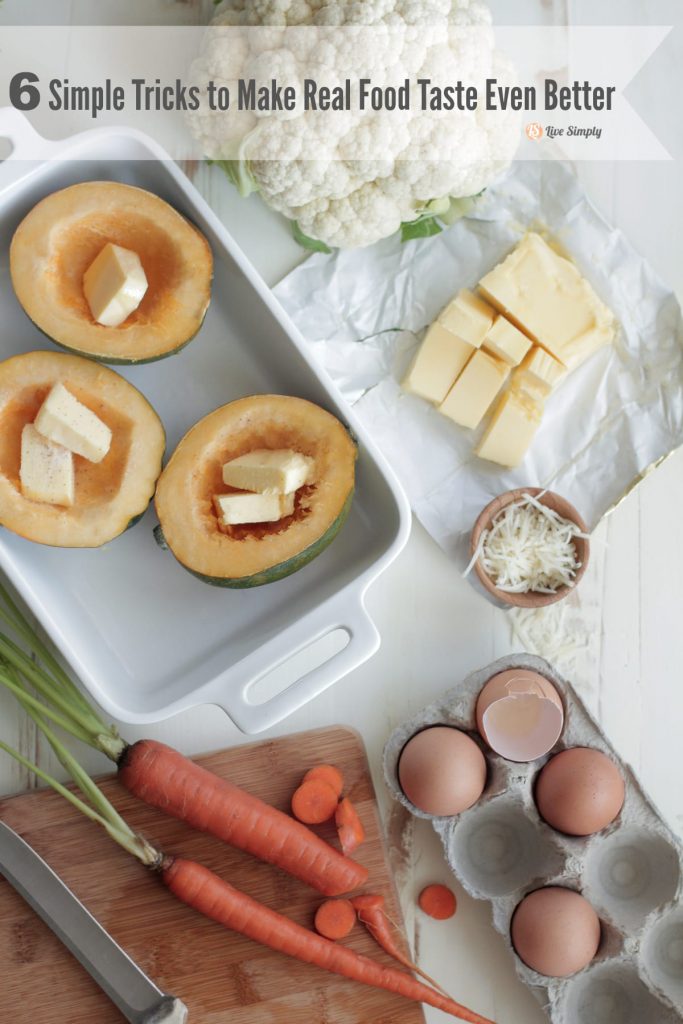
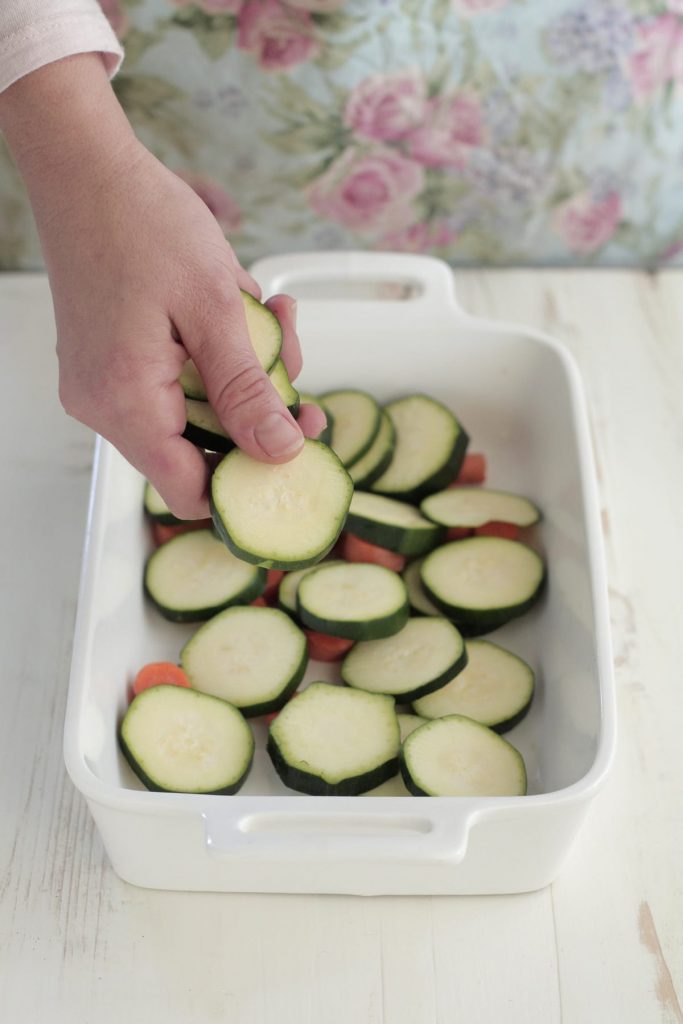
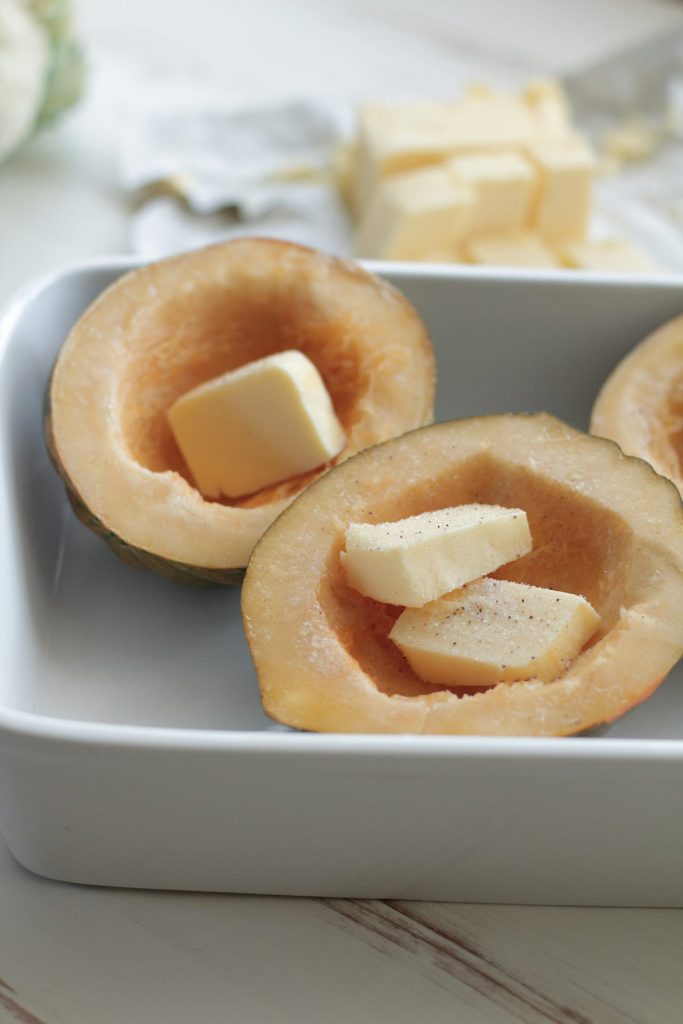
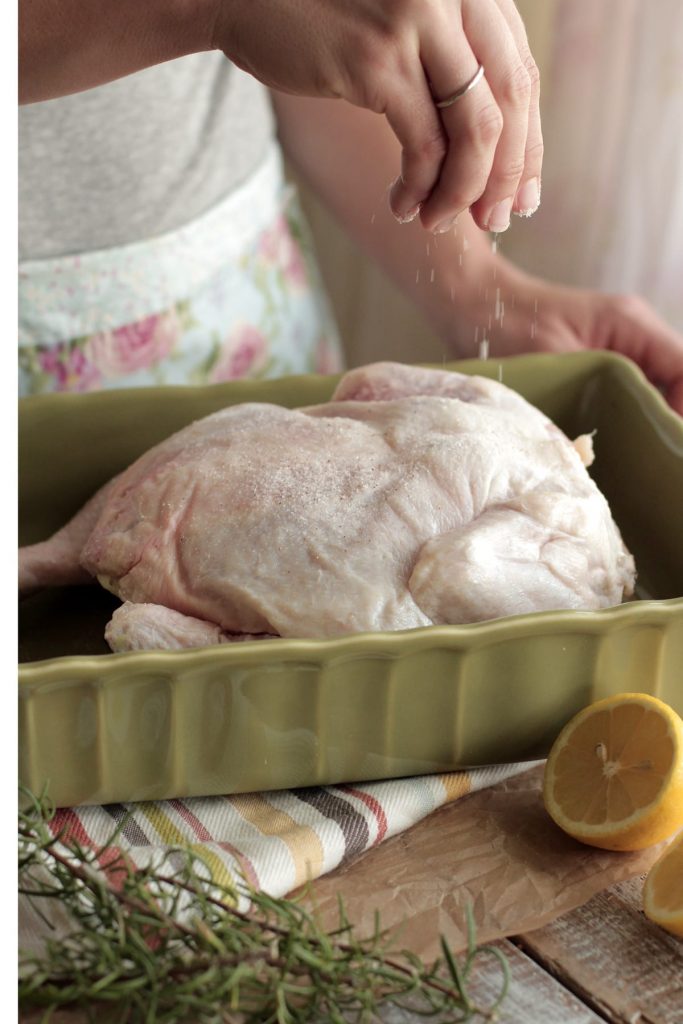
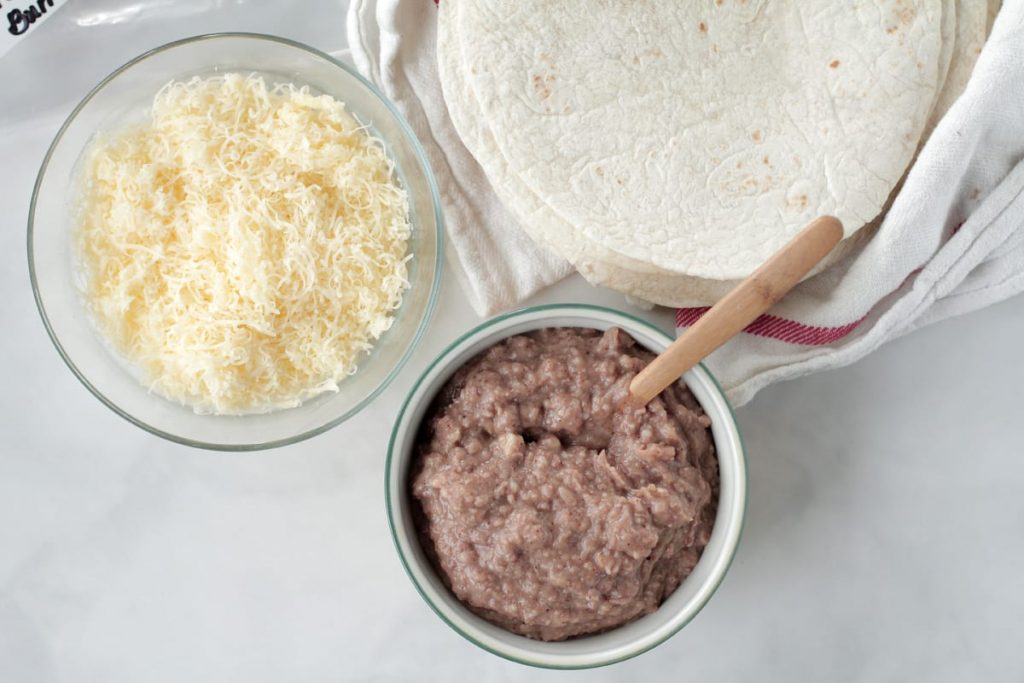
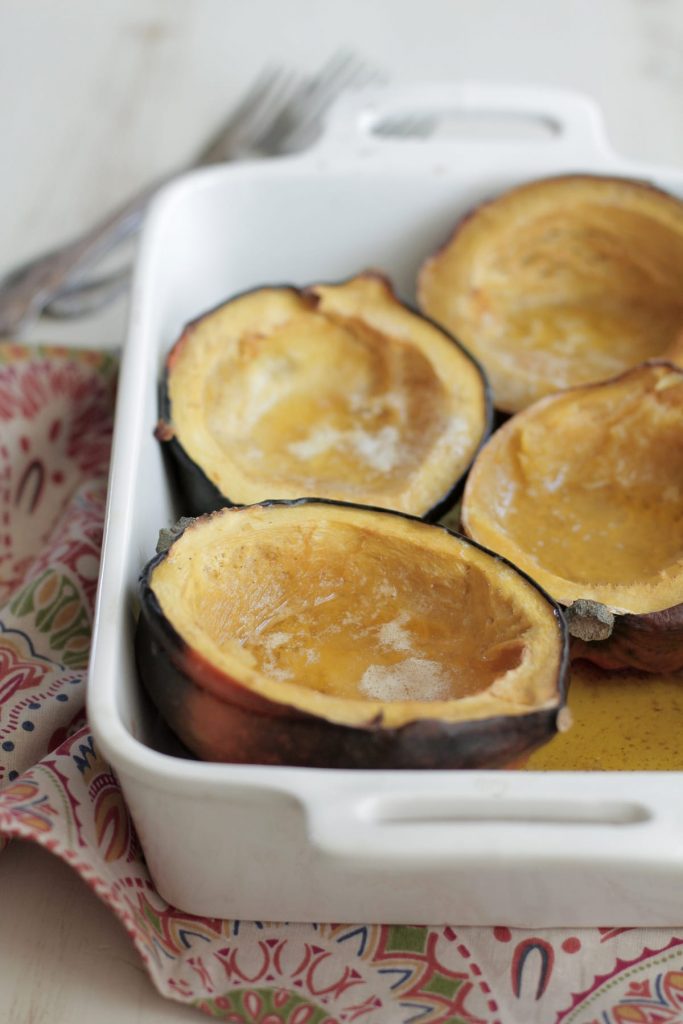
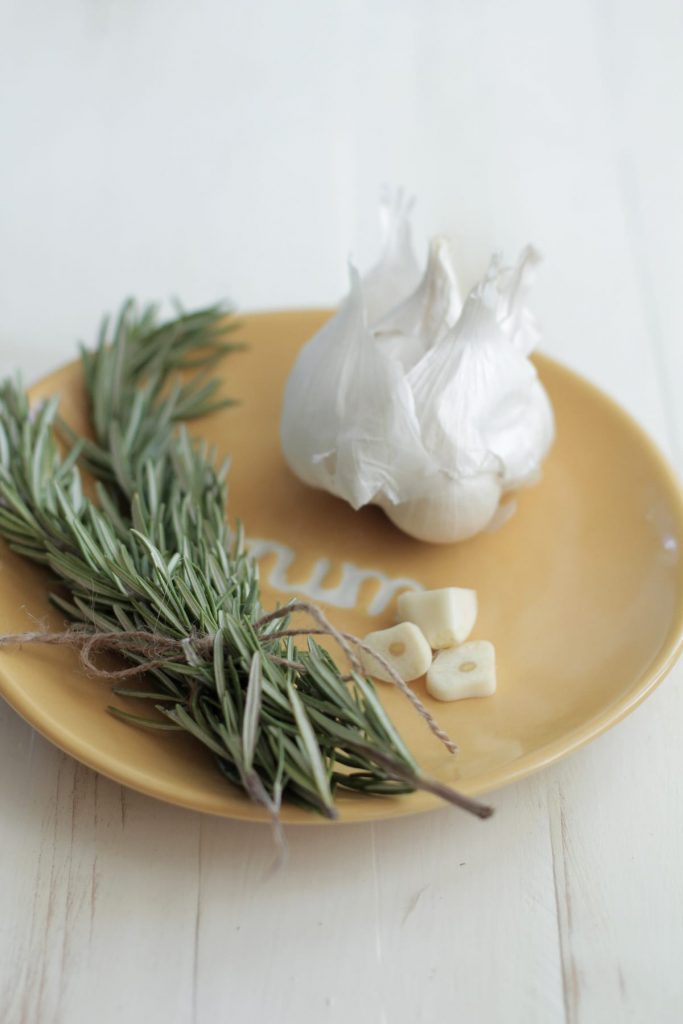
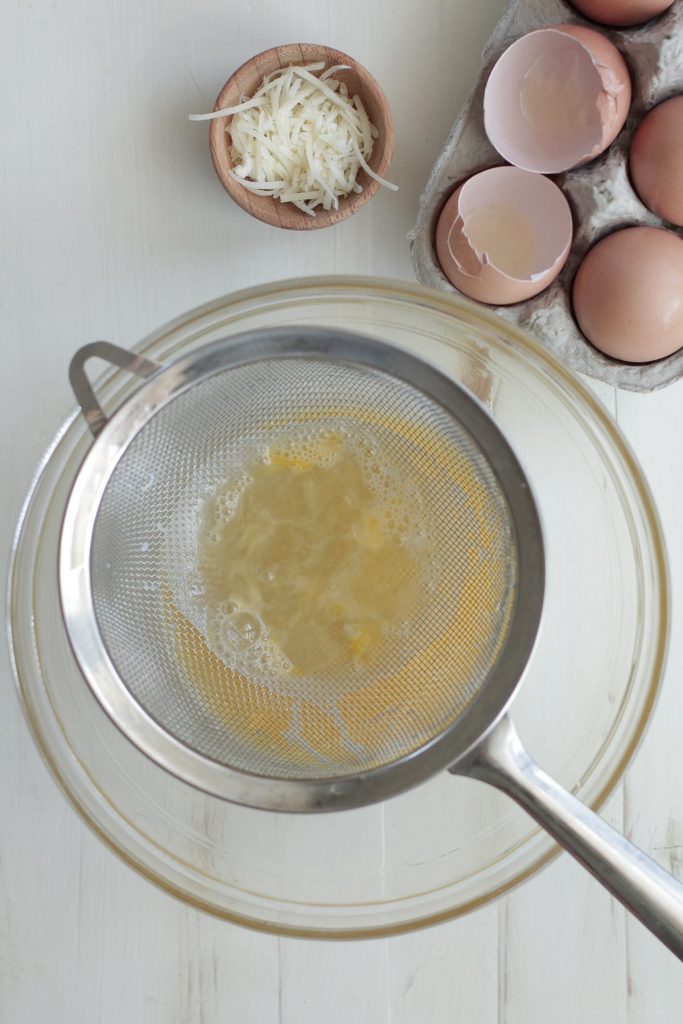
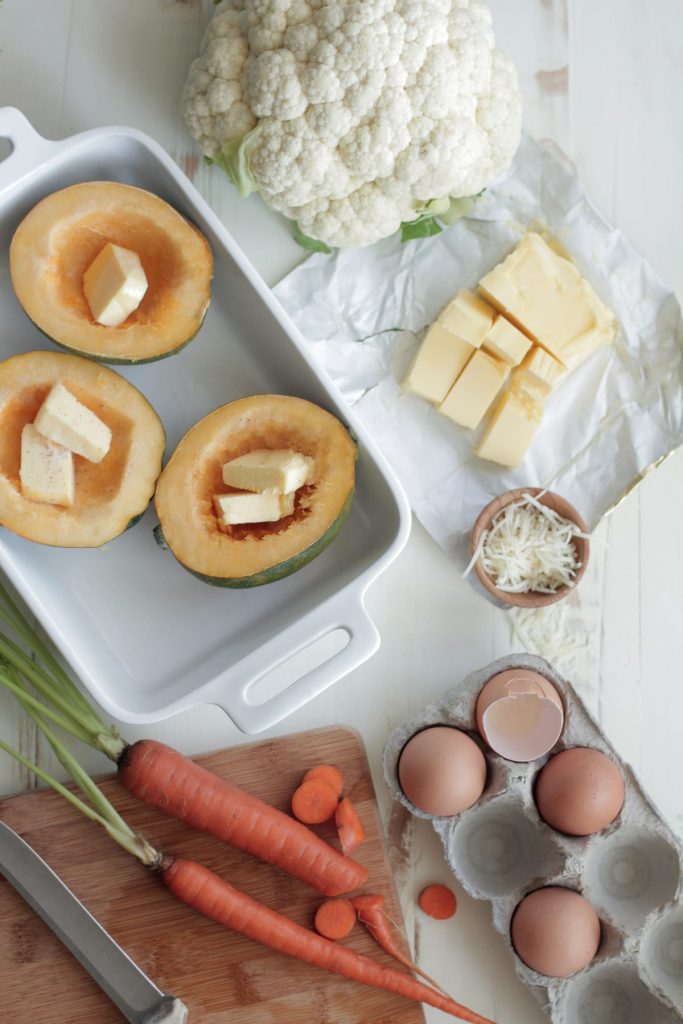
WOW, I never knew that trick about scrambled eggs. Thanks for sharing! And I couldn’t agree more – butter and salt and seasonings – don’t be shy about those. 🙂